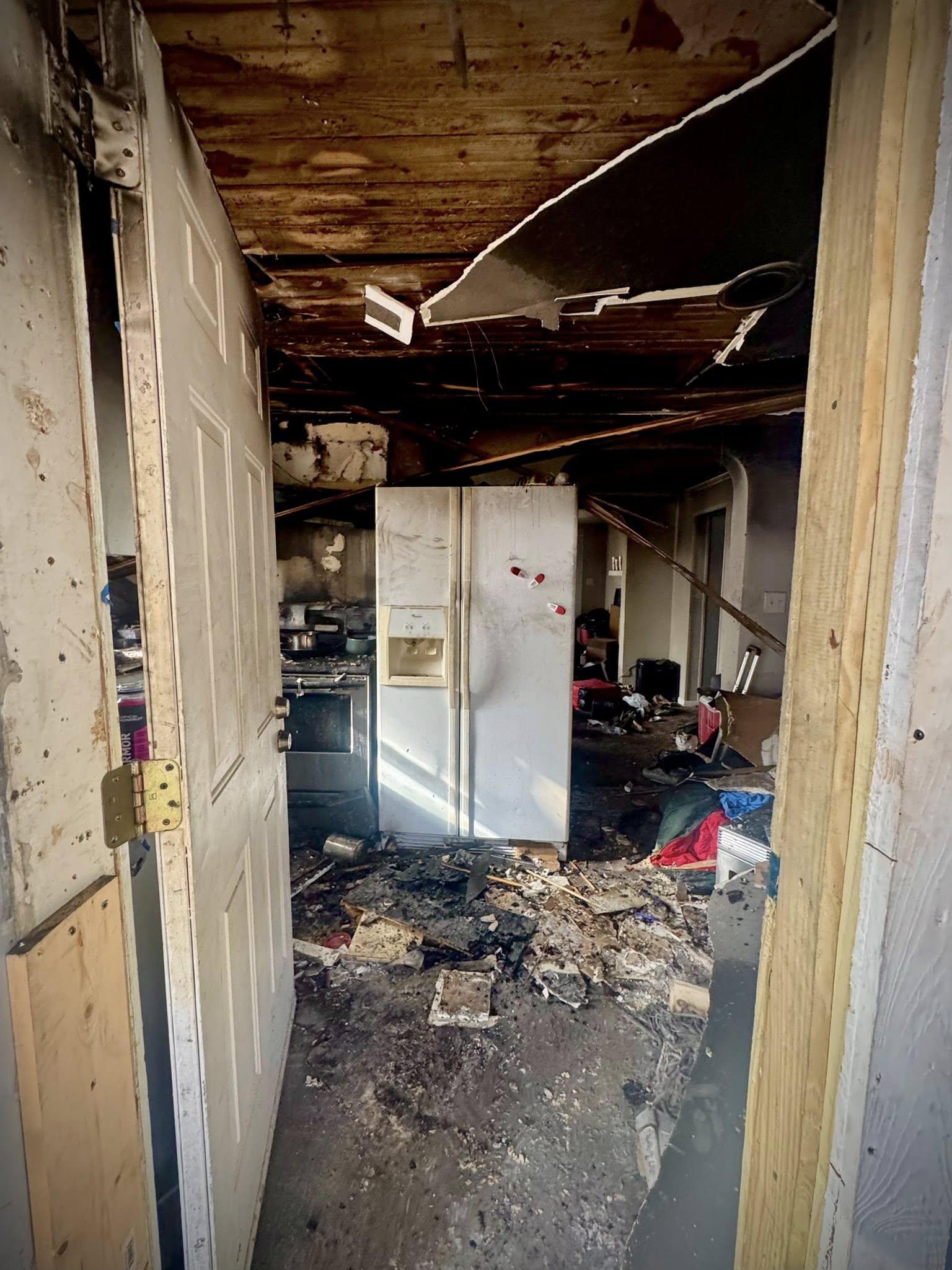
(NEW YORK) — Schools in the U.S. remain deeply divided along racial, ethnic and economic lines, even as studies show that the K-12 public school population is becoming more diverse.
More than a third of students attend schools where 75% or more of those in attendance are of a single race or ethnicity, according to the U.S. Government Accountability Office’s most recent investigation into K-12 education.
Saba Bireda and Ary Amerikaner co-founded Brown’s Promise, an initiative to combat racial segregation and honor the legacy of nine Arkansas students who suffered because of it.
In 1954, the Supreme Court’s landmark Brown v. Board of Education decision ruled that public school segregation was unconstitutional. Three years later, the NAACP attempted to enroll nine black students at Little Rock Central High School. The ensuing chaos gripped the nation, with the media dubbing the students “Little Rock Nine.”
Then-Gov. Orval Faubus prevented the students from entering the racially segregated school, using his state’s National Guard for help. President Dwight D. Eisenhower intervened after weeks of failed attempts to get the students through a full day of classes safely.
Following the Brown v. Board of Education decision, students started getting bused into schools from different neighborhoods to promote integration. However, much of that has stopped in the decades since.
“Unfortunately, we have come away from our commitment to the spirit of Brown,” Bireda said. “Schools have been resegregating rapidly since the 1980s.”
At the start of that decade, expensive busing orders began to expire. With a history of housing discrimination leading many neighborhoods to be segregated by race, for millions of students, attending the public school closest to their home means it wouldn’t be racially diverse.
Despite the billions of dollars invested in desegregating public schools over the past few decades, school segregation has returned to the same level as it was in the 1960s.
New York high school student Ava Pittman begins her daily commute by taking the public bus, just like millions of other students. However, her journey through the city’s Queens borough starts long before first period — shortly after dawn breaks.
Every morning, Pittman makes the 14-mile, hour-and-a-half journey from the Far Rockaway neighborhood to Metropolitan Expeditionary Learning School in Elmhurst. She travels that far because she doesn’t think the schools near her are up to par.
“Schools in certain places like Far Rockaway, the resources are minimal,” Pittman said. “It’s just the quality of education. It’s different.”
Pittman’s opportunities are unique to her location, but the commute takes up most of her day. To her, it’s worth it because of everything she gets to do in that school.
“I co-founded an affinity group called BAM, which is ‘Black at Mel’s.’ ” Pittman said. “I’m also part of a group called ‘The Education Student Advisory Council.’ My speech and debate team is the most diverse in our league, [which is] the Brooklyn Queens Forensic League.”
According to data collected by the Department of Education between 2022 and 2023, among 100,000 public schools across the country, about 83% of all Black public school students and 82% of all Latino students attended a majority non-white school. At the same time, 75% of all white public school students were enrolled in a majority-white school.
At a recent conference in Baltimore, Bireda and Amerikaner met with education leaders to discuss solutions.
“We talk a lot about the importance of full integration to the health of our democracy,” Bireda said. “Students who continually are growing up in segregated environments or not interacting with people from different backgrounds.”
Even at a young age, Pittman advocates for diversity and integration in public schools. She is a youth advocacy director at Integrate NYC, a youth-led organization dedicated to created equity in New York City schools.
According to the Civil Rights Project, New York is one of the most diverse states in the nation. Despite this, it is one of the most segregated.
In a lawsuit against the state, Integrate NYC alleges that the city’s sorting and admission process forces students of color into the most overcrowded and under-resourced schools.
“We agree with plaintiffs that achieving those educational goals is made harder by the complex system of biases and inequities deeply rooted in this country’s history, culture, and institutions — a system that we also want to change,” the New York City Department of Education said in a statement sent to ABC News. “But this lawsuit is not the answer. We are prepared to defend against these claims in court.”
Unless something is done to improve school integration, Pittman and thousands of other students across the country will have to keep fighting for their education and the opportunities that come with it.
Copyright © 2024, ABC Audio. All rights reserved.




